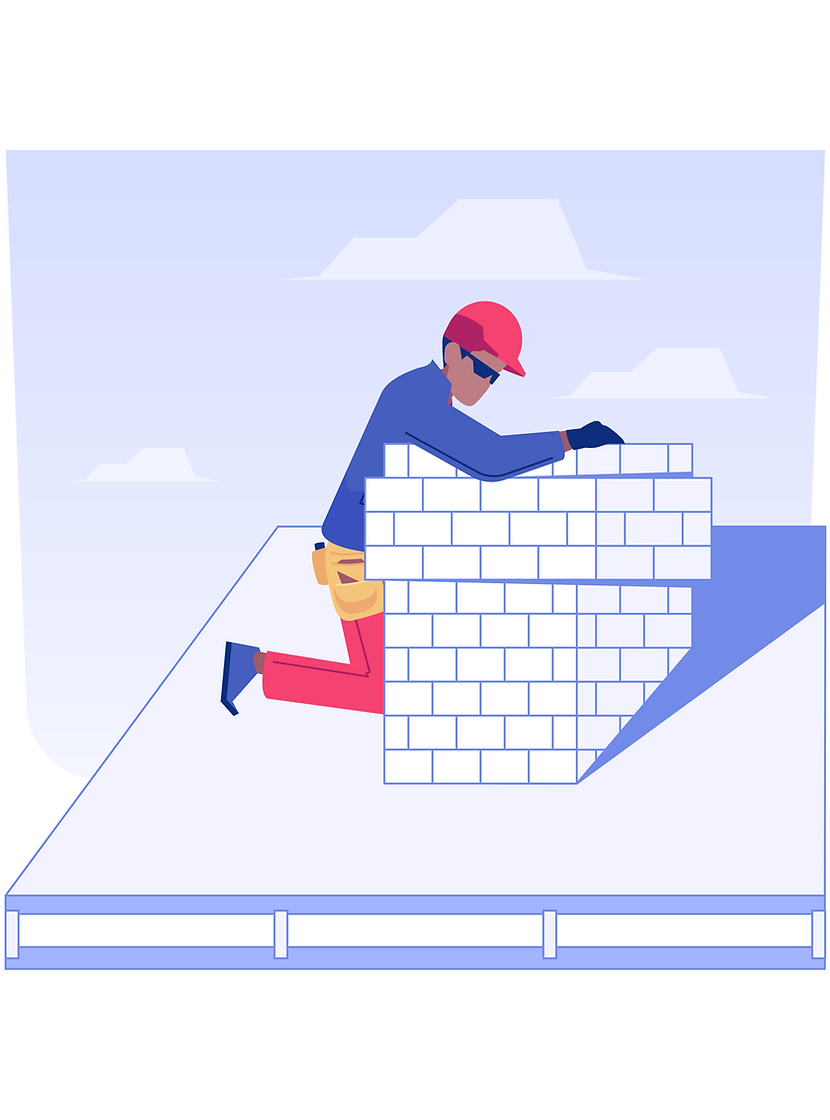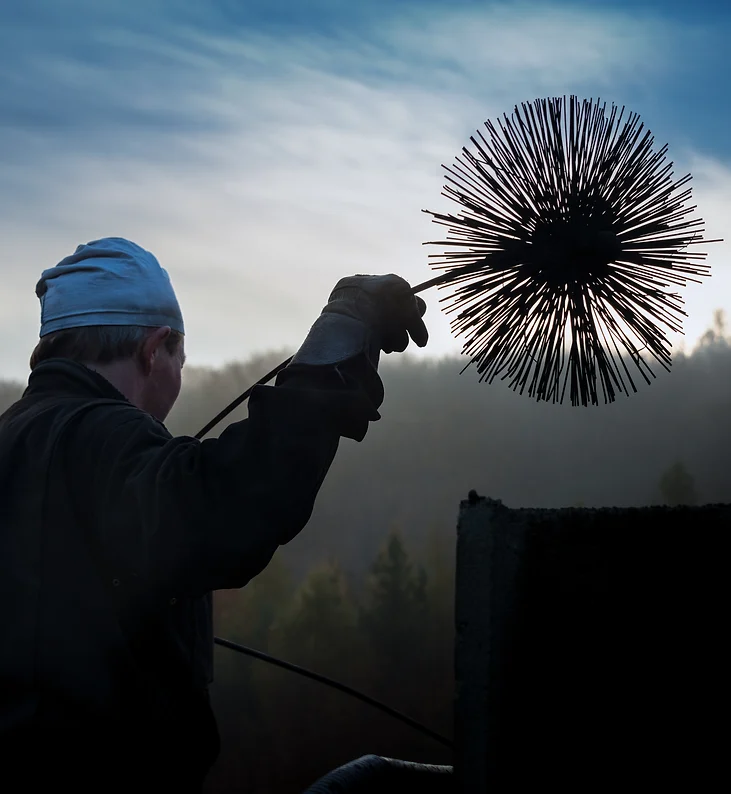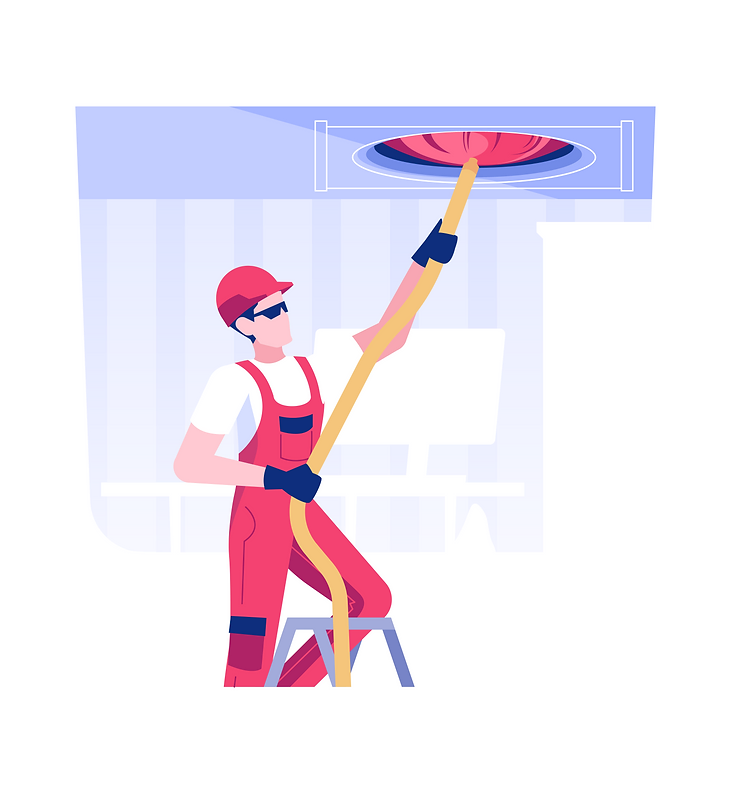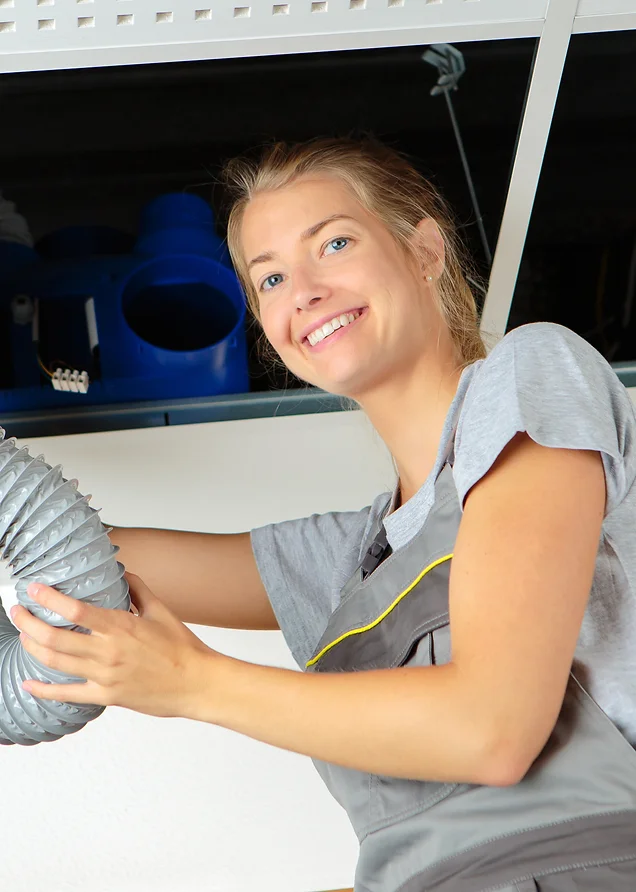SERVICES INCLUDE:
- A/C Installation and Repair
- Air Duct Cleaning and Repair
- Dryer Vent Cleaning and Repair
- Chimney Sweeping and Repair
- And more
About FS Renovations Air Duct and Chimney Services
We have built our reputation by serving as a one-stop solution for all our clients’ home health and air quality needs. From air duct cleaning and sweeping to air conditioning and insulation, we provide comprehensive services that suit any household’s schedule and budget. We know how important the health and efficiency of your home is to your and your family, so our friendly technicians always go above and beyond to help you attain that goal without costing you a fortune!
Once you’ve worked with FS Renovations one time, you will see why our customers hold us in such high regard! We even offer regular service and maintenance packages to ensure that your home remains healthy and clean for years to come. Please contact us for additional details.
The Importance of Chimney Sweeping & Inspections
- Homeowners that use their fireplace should have regular inspections and cleaning to avoid health and safety risks. According to the National Fire Protection Association, “Chimneys, fireplaces, and vents shall be inspected at least once a year for soundness, freedom from deposits, and correct clearances. Cleaning, maintenance, and repairs shall be done if necessary.”
- This is because a chemical called creosote builds up and can obstruct the air flow or worse, cause a dangerous fire. If you do not use your fireplace regularly or at least haven’t since last burning season, pests and debris can also make their way into your system, causing additional issues.
- You should strongly consider having an inspection and cleaning if:
- You haven’t had an inspection in a year or more
- You are having any performance issues with your chimney, fireplace, or heating system
- You have recently purchased/moved into the home
- DON’T WAIT! Waiting almost always results in additional repairs and sometimes even property loss due to fires.
Why Have Your Air Ducts and Dryer Vents Cleaned?
This depends a lot on how much you use your fireplace or stove. The National Fire Protection Association says, “Chimneys, fireplaces, and vents shall be inspected at least once a year for soundness, freedom from deposits, and correct clearances. Cleaning, maintenance, and repairs shall be done if necessary.” So, even if you don’t use your fireplace a whole lot – birds, squirrels, raccoons and other critters may have been using your chimney making it unsafe to use without clearing out the accumulated debris from nesting activity.
The CSIA (Chimney Safety Institute of America) says that fireplaces should be cleaned when 1/8″ of sooty buildup is evident inside the flue system. If any glaze is appearing in the flue, cleaning should be done even if there is less than 1/8″ of buildup. Any time an appreciable accumulation of soot and creosote occurs, it can be enough to fuel a fire that may damage the fireplace system and even spread to the roof and home. Furnace flue systems also require cleaning, so don’t neglect regular cleaning of those venting systems. Some heavy use fireplaces produce an incredible amount of soot and creosote during a cleaning.
Increase HVAC Efficiency and Save Money!
The function of your HVAC system is to circulate cool or warm air throughout your home, but in the process, the air ducts inevitably become contaminated with dust and debris.
These pollutants, aside from just introducing health risks, can also cause obstructions that force your HVAC system to work harder to regulate the temperature, costing you more in energy bills.
In many cases, a noticeable increase in energy usage has a direct correlation with your HVAC system since it is one of the highest energy consumers in most households. Having your air ducts properly cleaned and inspected for any leaks or damage could help you begin saving on your monthly utility payments immediately!




